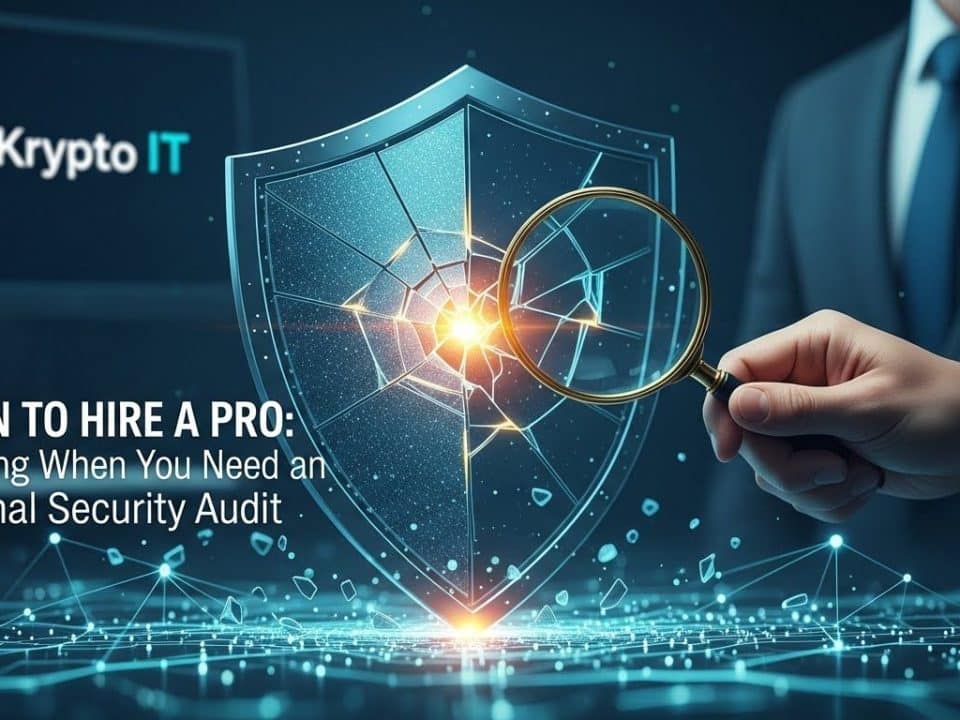
Unlocking Superior Security with Extended Detection and Response (XDR)
May 18, 2025
Closing the Cyber Skills Gap: Protecting Your SMB
May 19, 2025Protecting Your Business from Deepfake Threats
Deepfake technology, once the stuff of science fiction, has rapidly evolved into a tangible and increasingly sophisticated threat. Leveraging the power of artificial intelligence (AI), deepfakes can generate remarkably realistic yet entirely fabricated audio and video content. For businesses, particularly small to medium-sized enterprises (SMBs), understanding and mitigating the risks associated with deepfakes is no longer optional – it’s a critical component of a robust cybersecurity strategy.
At its core, a deepfake utilizes advanced machine learning algorithms, often deep neural networks, to analyze and synthesize human features and behaviors. By training these algorithms on vast datasets of real audio and video, malicious actors can create convincing forgeries that are virtually indistinguishable from authentic content to the untrained eye.
The Multifaceted Threat of Deepfakes
The potential applications of deepfake technology for malicious purposes are wide-ranging and pose significant risks to businesses:
- Disinformation Campaigns: Deepfakes can be used to spread false narratives and manipulate public opinion. Imagine fabricated videos of company executives making damaging statements or engaging in unethical behavior. Such disinformation can erode trust in your brand, damage your reputation, and lead to significant financial losses.
- Social Engineering Attacks: Cybercriminals can leverage deepfake audio or video to impersonate trusted individuals, such as CEOs, financial officers, or even clients. This can be used to trick employees into divulging sensitive information, transferring funds to fraudulent accounts, or granting unauthorized access to critical systems. The realism of deepfakes makes these social engineering attacks far more potent and harder to detect than traditional phishing attempts.
- Impersonation and Account Takeover: Deepfakes can facilitate sophisticated impersonation attacks. By creating realistic fake profiles or even manipulating biometric authentication systems that rely on facial or voice recognition, attackers can gain unauthorized access to company accounts, sensitive data, and internal communications.
- Business Email Compromise (BEC) Evolution: BEC attacks, which already cost businesses billions of dollars annually, are likely to become even more sophisticated with the integration of deepfake technology. Imagine receiving a seemingly urgent audio message from your CEO instructing you to make a large wire transfer. The voice sounds exactly like your CEO, and the urgency feels real. Without proper verification protocols, falling victim to such an attack becomes alarmingly easy.
- Intellectual Property Theft: Deepfakes could potentially be used to create fabricated evidence or scenarios to undermine a company’s intellectual property claims or to steal sensitive design information under the guise of legitimate communication.
Why SMBs Are Particularly Vulnerable
While large corporations have dedicated security teams and resources to combat evolving cyber threats, SMBs often face unique challenges that make them particularly susceptible to deepfake attacks:
- Limited Security Budgets: Investing in advanced detection and prevention technologies can be a significant financial burden for SMBs.
- Smaller IT Teams: Overstretched IT departments may lack the specialized expertise to identify and respond to sophisticated deepfake attacks.
- Less Robust Security Awareness Training: Employees in SMBs may not receive the same level of comprehensive training on emerging threats like deepfakes, making them more vulnerable to social engineering tactics.
Protecting Your Business from the Deepfake Threat
Proactive measures are crucial to safeguarding your business from the potential harm of deepfakes. Krypto IT, based right here in Houston, Texas, specializes in providing tailored cybersecurity solutions for SMBs. Here are some key strategies we recommend:
- Implement Robust Verification Protocols: Establish multi-factor authentication for all critical systems and mandate strict verification procedures for financial transactions and sensitive requests, regardless of the apparent source. Encourage employees to independently verify requests received via audio or video through alternative communication channels.
- Enhance Security Awareness Training: Educate your employees about the dangers of deepfakes, how to identify potential red flags (e.g., inconsistencies in video or audio, unusual requests), and the importance of critical thinking before acting on any digital communication.
- Invest in Advanced Security Solutions: Explore security tools that incorporate AI-powered anomaly detection and behavioral analysis to identify potentially manipulated content or suspicious communication patterns.
- Strengthen Insider Threat Programs: While deepfakes often originate externally, robust insider threat programs can help detect and prevent compromised accounts from being used to propagate deepfake-related attacks.
- Stay Informed: The technology behind deepfakes is constantly evolving. Stay up-to-date on the latest advancements and emerging threats to adapt your security posture accordingly.
The rise of deepfake technology presents a significant and evolving challenge to businesses of all sizes. However, by understanding the risks and implementing proactive security measures, SMBs can significantly reduce their vulnerability.
Ready to strengthen your defenses against the growing threat of deepfakes? Contact Krypto IT today for a free consultation. Our Houston-based cybersecurity experts can assess your current security posture and develop a tailored strategy to protect your business.
#KryptoIT #Deepfakes #Cybersecurity #AISecurity #SMBSecurity #HoustonTech #CyberThreats #FreeConsultation




